
Table of contents
Thought patterns and ways of thinking: Our mindset
According to Buddhist teachings, the basics of mindfulness include four areas in which people can train their own attention. These four areas are body awareness, feelings and their perception, experiencing thoughts and recognizing thought patterns. Today I would like to focus on the fourth area, our mindset. Before we get into specific ways of thinking in the next blog post that can have a positive impact on our lives in the long term, I would like to first clarify today what we mean by mindset and why it plays such a big role for us.
A thought rarely comes alone: prejudices, attitudes, basic beliefs, opinions or chains of associations about certain people, things or topics are constantly repeated and constantly confirmed anew. With some thoughts we know in advance that they are untrue - and yet we continue to think them. This is often the case with fears and the idea of worst-case scenarios. We often take things personally that other people have said or done or over-interpret certain situations. Because we are not rational beings, such thought patterns are in principle completely normal.
How do thought patterns arise? What are they good for?
Our brain processes countless information every second. However, not all of this information can be passed on and “thought through” as this would be beyond the capacity of our brain. Therefore, our brain filters all this information. It categorizes them and adds them to already existing, similar associations or drops them and does not process them further. Our brain wants to relieve us through this filter. Basically, the filter serves to ensure our survival. We learn to adequately assess situations so that we can then react appropriately to them.
I would like to illustrate this with an example: If we put our hand in an open fire or observe this situation with another person, we learn that this is not a good idea. Our brain makes an association; it links “fire + hand (or body part) = pain / burn / threat to life”. So we learn that fire can be threatening to humans. If we were not able to form such associations, a situation in which we came into contact with fire would potentially be life-threatening every time. We would have to learn everything over and over again and would not only stand still, but would also have extremely low chances of survival.
Why do thought patterns have such power over our lives?
Thinking patterns help us to act faster and to better assess future situations. They are created by linking new information to existing neuronal networks. Now it's like this: ever more often a neuron network is activated, the more lighter this network can be activated. In other words: the more often a thought is thought, the faster we will think that thought in the future because it is more easily accessible to us than other thoughts.
If after a defeat or a mistake I think "Oh dear, I'm really a failure; I knew that wouldn't work out," then after the next situation that didn't go as planned, I'm more likely to think "I'm a failure..." than, for example, "That can happen. What can I learn from it?" – precisely because there are already existing associations between “defeat = bad/not good enough = failure”. And this is how thought patterns ultimately emerge…
Hopefully this makes it clear how important everything is, what we think from second to second and what kind of thoughts we fill our heads with.
Our brain is plastic
The good news is that none of this would work if our brains weren't changeable. The so-called plasticity of our brain allows us to form new associations or strengthen certain existing associations. So we have the best conditions to change our thinking and ultimately our actions. We are not powerless in the face of our thoughts. You can influence how you see the world, what you think about yourself and how you want to face life.
The “bad” news is that it all takes practice. We have been living on this planet for several decades now and have perhaps reinforced the same association networks thousands or millions of times. These associations are therefore very stable and our thought chains are activated almost automatically without us consciously noticing it. This makes it difficult to change these networks. That's why we have to train our brain like a muscle, and that takes time. Just like we can't lose 10 kg overnight, we can't take our mindset from zero to 100 overnight either.

How can we change our mindset?
If you want to change the way you think, get rid of old patterns or build a new, positive mindset, mindfulness is your best friend. The further we progress in the practice of mindfulness, the more it is possible to let go of thoughts, stop thinking about them, or replace them with more appropriate thinking.
In order to change dysfunctional or negative cognitions, it is first necessary to notice them. We are so caught up in our autopilot in everyday life that it can be really difficult at first to identify thoughts and thought patterns that are typical for us. Meditation helps tremendously with slowing down your thoughts and perceiving them from an observer's perspective without having to judge or suppress them. Here you will find some suggestions and tips about meditation.
A good exercise for noticing your own thought patterns can also be Journaling be. When you put your thoughts on paper, you can more quickly identify which positive and dysfunctional thoughts you have.
The next step is to transform these old, dysfunctional thoughts into new, positive thoughts in order to gradually build a new mindset. You will find out how you can transform basic beliefs and which specific ways of thinking can make your life better in our next blog post.
Until then, I'll give you a little task:
Try to actively notice your thoughts in the next few days. Tell yourself “stop” every now and then and observe what you were thinking in the moments before the stop signal. How do you talk to yourself daily? What are typical thought patterns for you? You can also write these things down at the end of the day or reflect on them in bed before going to sleep.
Try to approach this in a playful way, like a little researcher who is totally curious.
Please don't be so hard on yourself if you find yourself thinking negatively. It's not about running around all day like a honey cake and having to think everything is great. Try your thoughts as much as possible value-free to perceive. The whole thing is intended to give you an insight into your head and help you get to know yourself better.
If you would like to find out more about the topics of mindfulness, healthy eating or sustainability, take a look here over.









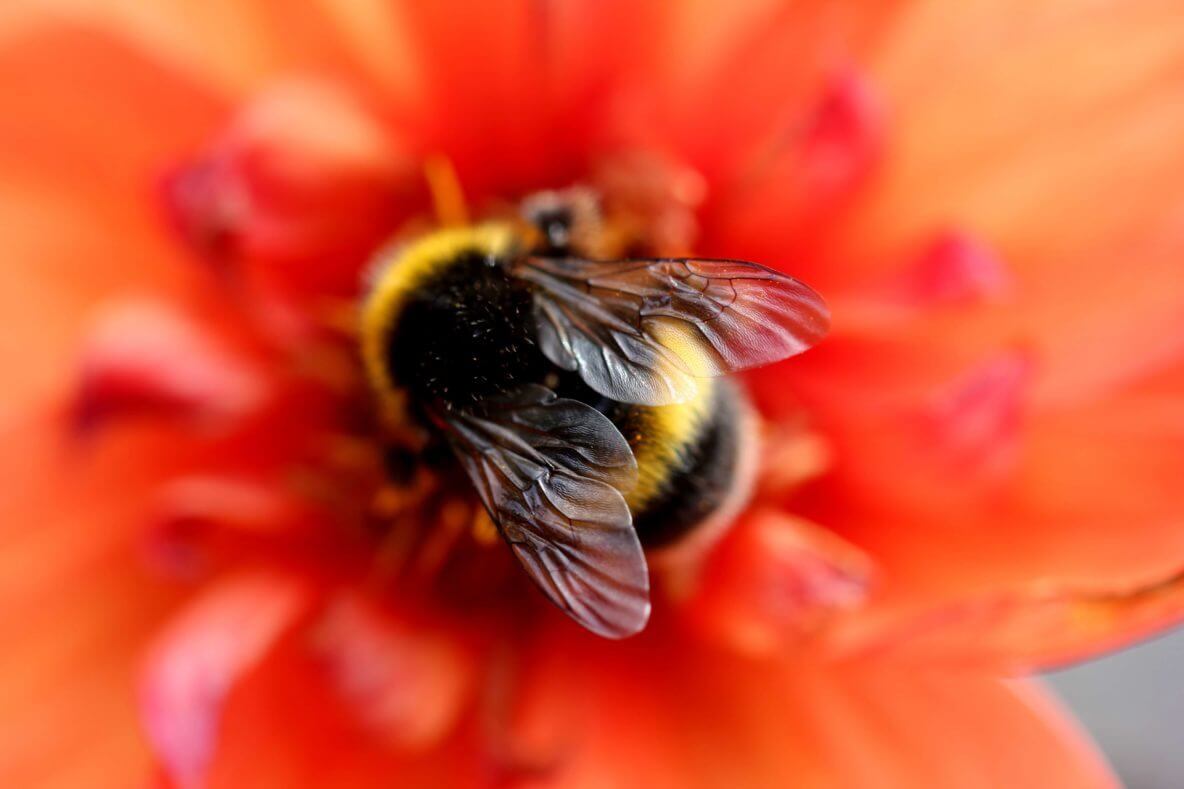



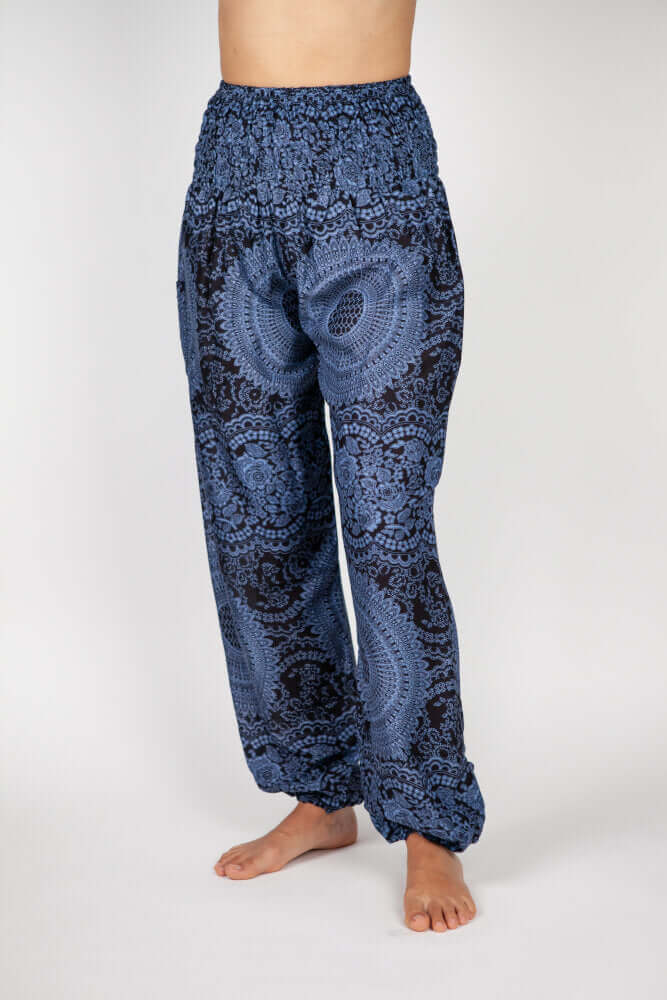



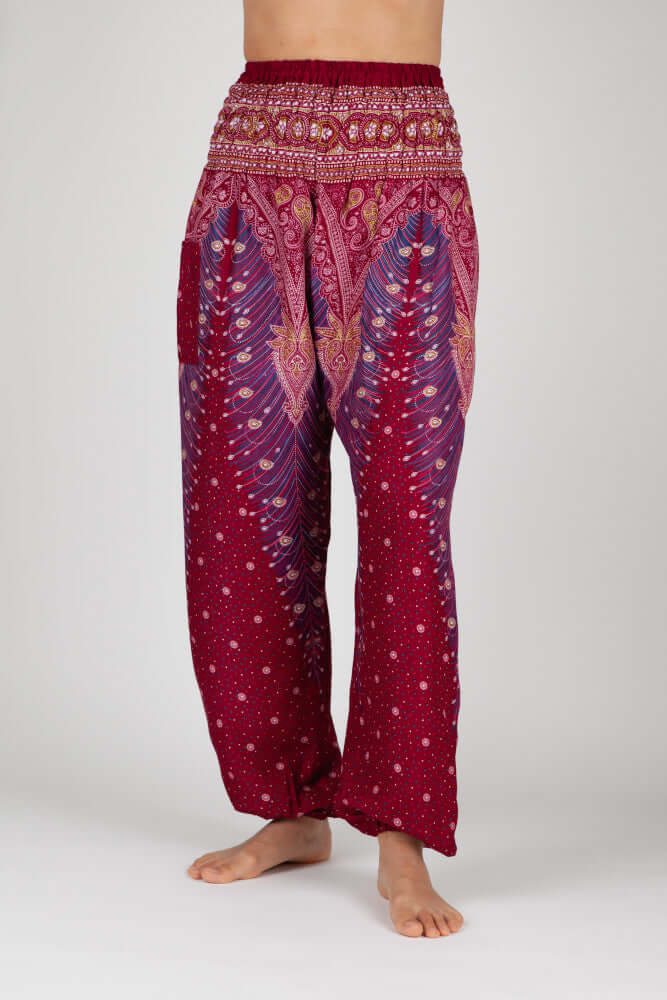



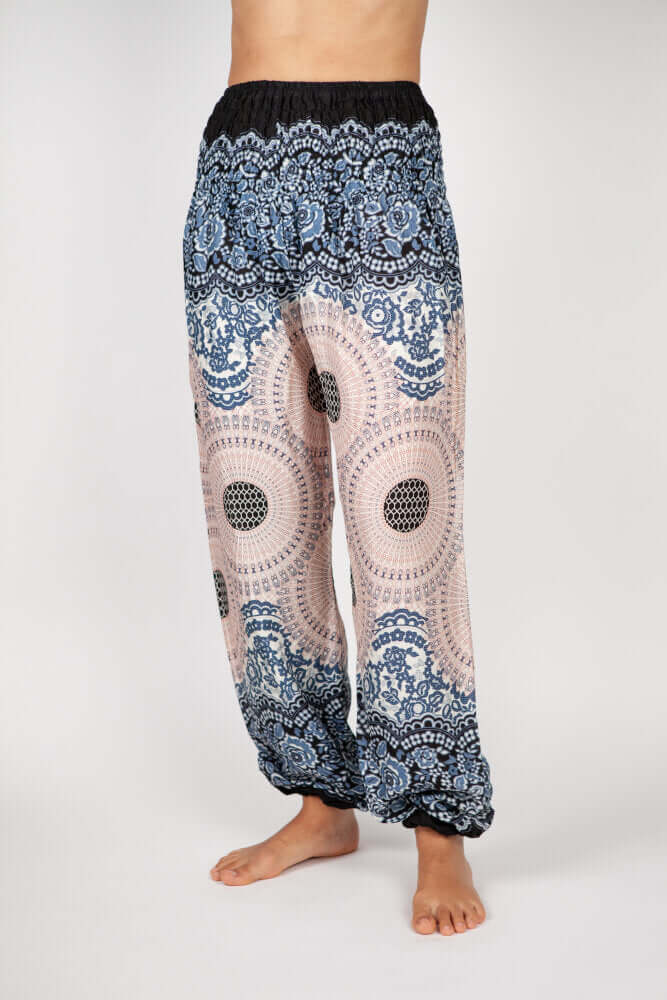

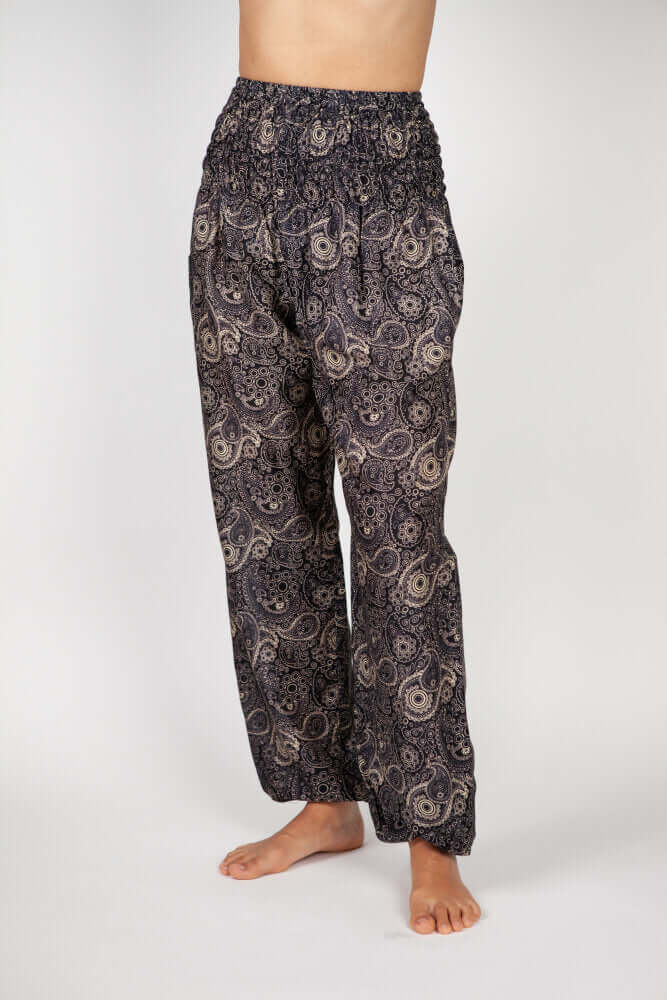

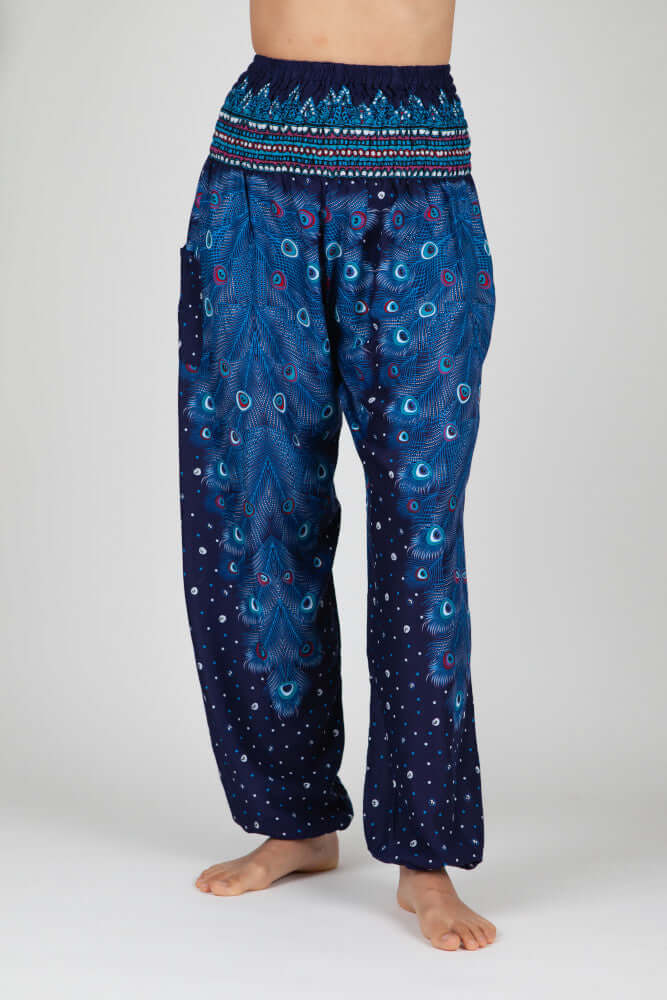

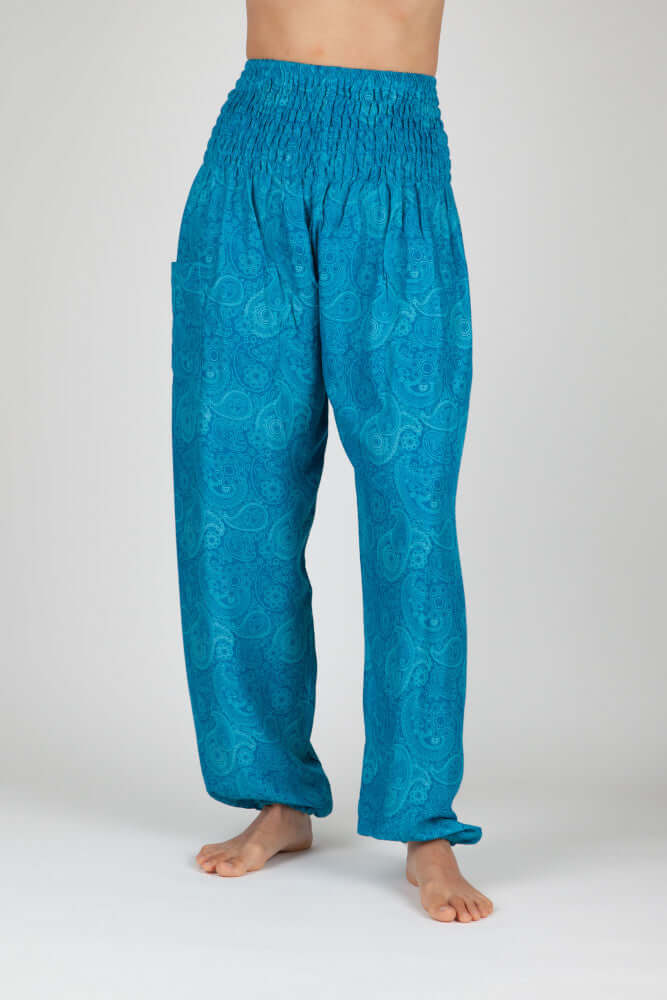

Leave a comment
This site is protected by hCaptcha and the hCaptcha Privacy Policy and Terms of Service apply.